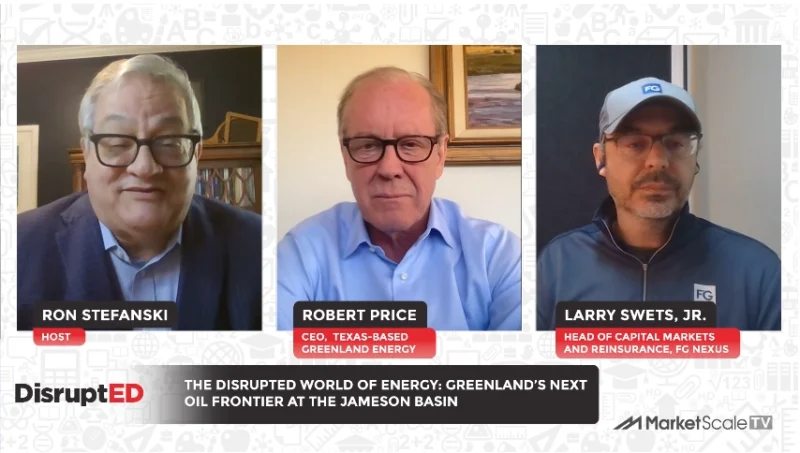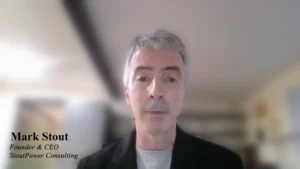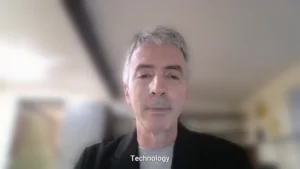Why Transparency Is One Ingredient In The Formula of Creating Safe Buildings
As more and more architects and building designers look to achieve the top levels of LEED Green Building certification, many are looking at the materials and resources going into the construction of the building.
That can be a barrier, with manufacturers not always wanting to share information about their products, whether it be for fear of a competitor gaining proprietary information or for other reasons.
Eden Brukman, Senior Green Building Coordinator, San Francisco Department of the Environment, is a pioneer in the space after her work with the Health Product Declaration Collaborative. Brukman said it’s important to remember the manufacturer of the product certainly knows more about what the product does and what it’s made up of than regulators or advocates do; however, if they’re willing (or required through a declare certification) to share some information, it gives everyone a strong starting point.
“Transparency really is that first step. It’s not the be-all, end-all for the reformulation of the product necessarily but at least it provides some information and some indication of where we are,” Brukman said. “Whether that is for that first-tier supplier or for that manufacturer or the consumer, it provides information. Once you have that information you have a place to go from there, a way to determine where are our priorities? Where can we make changes? What is most critical for us for change?
“At the end of the day, the goal isn’t necessarily transparency. It’s a product that is safe.”
Because of work from people like Brukman, there are more weapons in the arsenal of architects as they look to gather the necessary information and for manufacturers who can point to certifications they’ve achieved. Yet, that still isn’t the final step of the process but rather one element that can help things along.
“Keep in mind, these are tools. They’re not end-points,” she said. “They’re ways to help communicate a message, a need, an understanding, a mutual communication path. I feel like often times these tools can get misunderstood or misused.”









